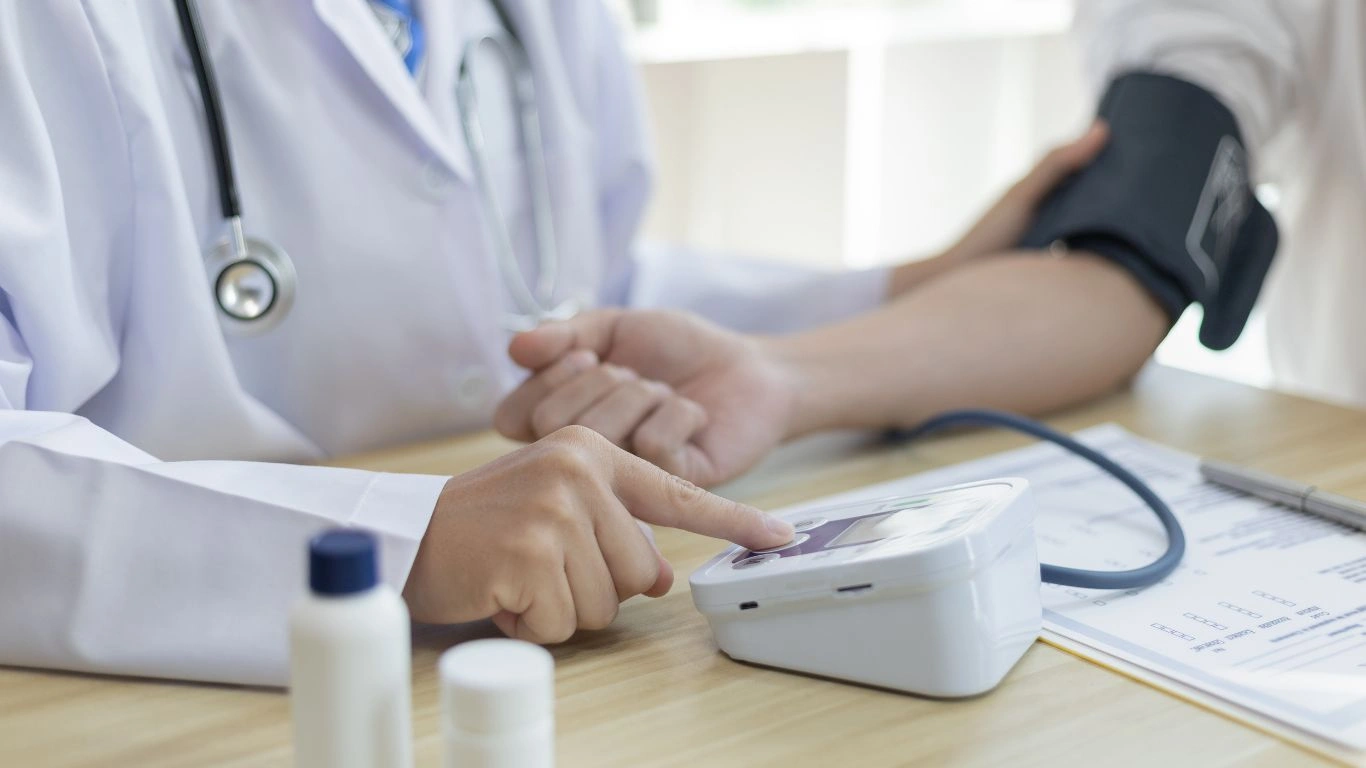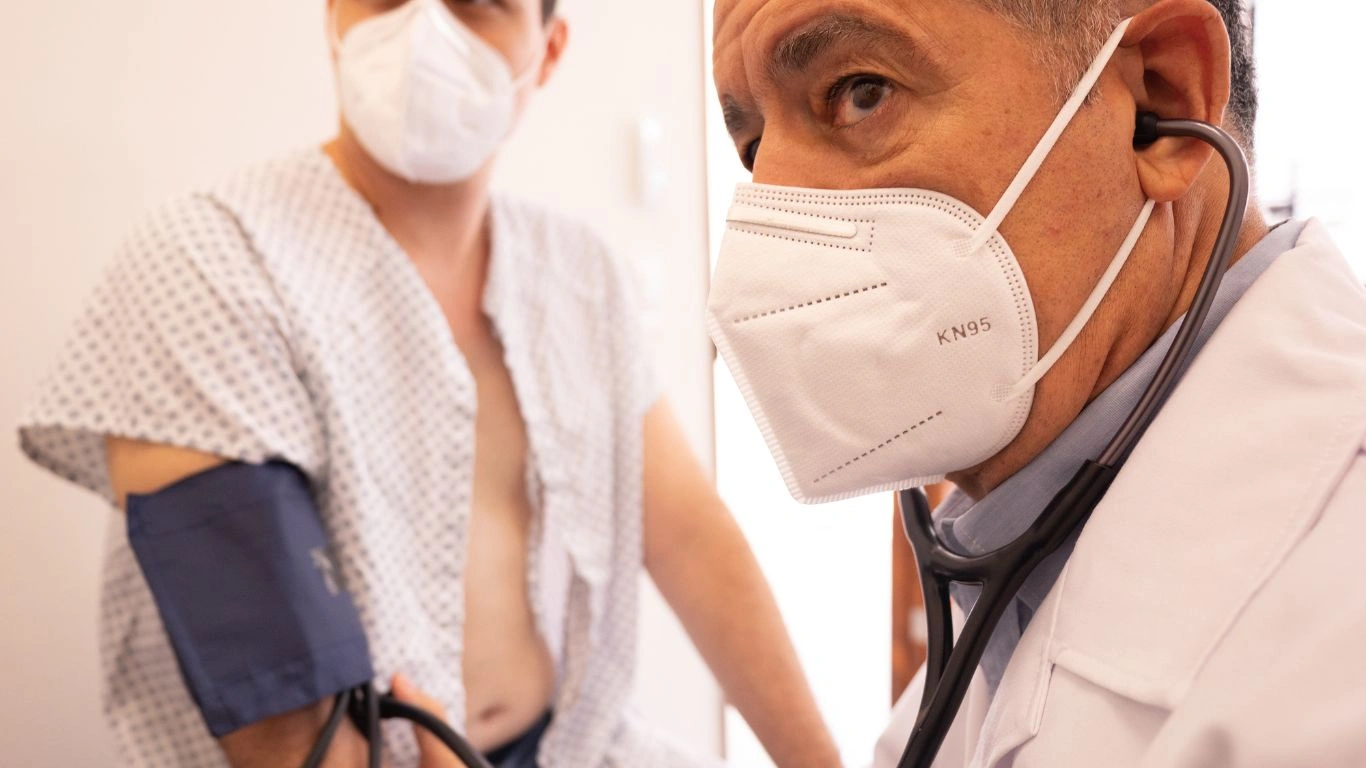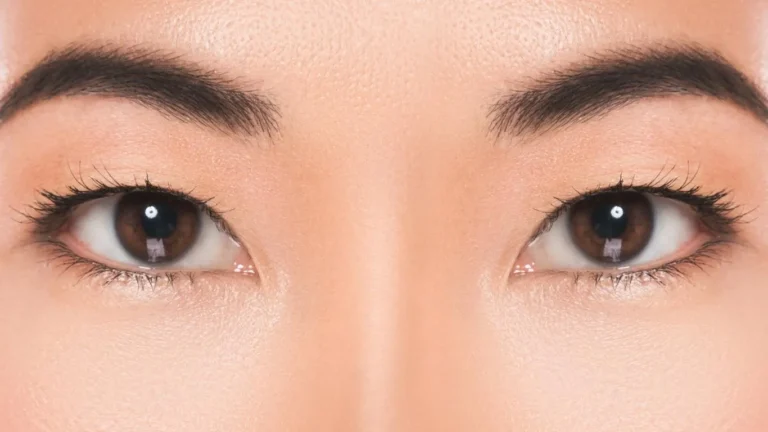Master Allergy Season: Smart Tips for Managing Blood Pressure
Spring rolls in with sunshine and blossoms, but let’s be honest—those of us who manage hypertension know allergy season can be a real curveball. As an internist who’s helped countless patients navigate this, I’ve seen firsthand how managing blood pressure during allergy season becomes more complicated than most people expect. Between the sniffles, itchy eyes, and antihistamines, blood pressure can sneak higher without much warning. What’s tricky is that most folks don’t realize allergy meds and the body’s own inflammatory response can both contribute to elevated readings.
Why Allergy Season Can Wreak Havoc on Your Blood Pressure

The Body’s Fight Mode: More Than Just a Stuffy Nose
Let me paint you a picture I’ve seen repeatedly in my clinic. A patient walks in during peak allergy season—red eyes, runny nose, sinuses clogged—and their blood pressure is higher than their usual baseline. Their first instinct? Blame stress, salt, maybe even coffee. But here’s the twist: allergic inflammation triggers the release of stress hormones like cortisol and adrenaline, both of which can raise blood pressure. Your body basically goes into mini “fight-or-flight” mode every time it encounters pollen or mold spores. It’s like trying to breathe through a straw while your heart gets nudged into overdrive.
Antihistamines: Friend or Foe?
This is where it gets a bit sneaky. Not all over-the-counter allergy meds are blood pressure-friendly. I’ve had patients with perfectly controlled hypertension suddenly spike after starting a decongestant without realizing what’s in it. Medications like pseudoephedrine—a common decongestant found in allergy relief pills—can cause your blood vessels to constrict, bumping your pressure up. It works to clear your sinuses, yes, but it also makes your heart work harder. That’s a big red flag, especially if you already have elevated readings.
Here’s a quick rundown of what to watch out for:
- Avoid: Pseudoephedrine (often in “D” versions of allergy meds like Claritin-D, Zyrtec-D)
- Use with caution: Diphenhydramine (Benadryl) — may cause drowsiness and blood pressure fluctuations
- Generally safer: Loratadine (Claritin), Cetirizine (Zyrtec), Fexofenadine (Allegra) without decongestants
How I Counsel My Hypertensive Patients During Allergy Season

Step 1: Start With a Medication Audit
One of the first things I do when allergy season starts is review my patients’ medication lists. You’d be surprised how many people grab something off the pharmacy shelf without checking the label. My rule of thumb? If you have high blood pressure, always double-check for hidden decongestants. I’ve seen cases where simply switching to a safer antihistamine made a noticeable difference in their blood pressure trends.
Step 2: Focus on Inflammation Reduction Naturally
I’m a huge believer in using every tool we’ve got—not just medications. When allergies hit, I recommend my patients consider strategies that lower inflammation and support vascular health. This might include:
- Using saline nasal rinses daily to clear allergens from nasal passages
- Investing in a good air purifier, especially if you live near high pollen areas
- Boosting intake of anti-inflammatory foods—think leafy greens, berries, and fatty fish
Anecdotally, one of my long-time patients with stage 1 hypertension saw real improvement just by adopting a daily nasal rinse and ditching his pseudoephedrine-based meds. It’s a small change, but it added up. Blood pressure readings that once crept into the 150s during spring stayed under 130.
Step 3: Reinforce Lifestyle Basics—Especially Sleep
Allergies mess with sleep. Congestion, snoring, dry mouth—it’s a whole mess. And poor sleep, especially fragmented sleep, directly raises blood pressure through sympathetic nervous system activation. So I always remind my patients: keep that sleep hygiene solid. Consider propping up with extra pillows, using nasal strips, and running a humidifier if needed.
Recognizing When It’s Not “Just Allergies”

Symptoms That Signal a Bigger Problem
Sometimes patients dismiss symptoms like chest tightness or unusual fatigue as “just allergies,” but here’s the reality: those can overlap with early signs of hypertension-related complications. I encourage anyone with persistent symptoms during allergy season to not chalk it up to spring air. Check your blood pressure at home. Track it. If it’s rising consistently, there’s probably more going on than pollen.
It’s not uncommon for me to adjust someone’s antihypertensive regimen around this time of year—not because their meds “stopped working,” but because their body is dealing with extra stress. That’s part of real-world medicine: treating the whole picture, not just the numbers.
Practical Tools to Track Your Blood Pressure During Allergy Season

Why Consistent Monitoring Matters More This Time of Year
If I had a dollar for every time a patient told me, “I feel fine—I haven’t checked it lately,” I could buy out the clinic’s supply of home monitors. The truth is, symptoms aren’t always reliable indicators. During allergy season, especially, you could feel sluggish or tired and think it’s from pollen, when in fact your BP is slowly climbing.
That’s why I always tell my hypertensive patients: check your blood pressure at least 3-4 times per week during allergy season. Daily, if possible. Especially if you’re changing allergy meds or struggling with sleep.
- Use a validated upper-arm monitor (wrist devices are hit-or-miss)
- Check at the same time of day (preferably mornings before coffee)
- Keep a simple log—paper, app, spreadsheet—whatever you’ll stick with
One of my patients, Mike—mid-50s, tech guy, resistant to anything “manual”—ended up loving a BP tracking app that syncs with his cuff. He caught a 15-point spike early in the spring just from starting a new allergy pill. Quick adjustment, and boom—back in range.
Safe Seasonal Strategies to Keep Blood Pressure Stable

Revamp Your Diet for Inflammation and Circulation
Food is your silent partner in blood pressure control—and during allergy season, it’s even more powerful. Antioxidant-rich, anti-inflammatory meals help reduce both allergic response and vascular strain. I often guide patients toward a modified DASH or Mediterranean-style plan, with a few seasonal tweaks:
- Add: Turmeric, ginger, garlic (natural anti-inflammatories)
- Snack smart: Walnuts, blueberries, or unsalted edamame over chips or processed foods
- Hydrate: Especially important when antihistamines dry you out—dehydration can raise BP
A little story here—my patient Anita started blending kale-pineapple smoothies when pollen spiked, not just for vitamins but to offset her fluid loss from antihistamines. Not only did her BP readings stay stable, but her sinus symptoms eased up too. Win-win.
Rethink Exercise Timing and Type
Let’s talk movement. Staying active is crucial, but allergy season can throw a wrench in outdoor workouts. I’ve had runners who suddenly stop because of itchy eyes and congestion, which affects more than their cardio. A sedentary stretch can bump blood pressure within days.
So we pivot:
- Early morning walks before pollen levels rise (ideally before 10 a.m.)
- Indoor workouts: Resistance bands, yoga, or low-impact aerobics with windows shut
- Don’t skip cool-downs: Abrupt stops in activity can cause BP fluctuations
I personally recommend light stretching plus a breathing routine post-workout. Just 5-10 minutes. Helps bring heart rate and BP down in a gradual, safe way.
When Managing Blood Pressure During Allergy Season Requires a Medication Tune-Up

Know When It’s Time to Reassess Your Regimen
Here’s something I’ve learned over the years: some patients need seasonal tweaks in their BP meds. It doesn’t mean your treatment’s failing—it means your body’s responding to seasonal stress differently. That’s okay.
I’ve had success with minor dose adjustments or temporarily adding a second agent, particularly for folks whose BP spikes with allergy-triggered poor sleep or fluid retention. The goal isn’t to chase numbers—it’s to anticipate trends and adjust smartly.
What I usually assess:
- Any new medications (allergy or otherwise) that interact with their current antihypertensives
- Signs of fluid retention or elevated heart rate
- Changes in sleep quality or anxiety levels (both can affect BP)
Communicate Early—Don’t Wait for Your Next Appointment
This is huge: If you’re seeing changes in your BP log or symptoms, reach out early. Don’t wait for your scheduled follow-up. I’d much rather adjust meds over a quick phone call or message than have someone end up in urgent care with a 180/100 reading.
Many of my long-term patients know the drill—we do a 2-week check-in during spring and fall, even if they feel okay. It’s about catching changes early, before they snowball.
Environmental Tweaks That Support Both Allergy and BP Management

Make Your Home an Allergy-Safe Zone
I can’t stress this enough: what you do indoors matters as much as the pollen count outdoors. I always recommend patients take a few simple steps:
- Use HEPA filters in central air systems or bedroom air purifiers
- Shower and change clothes after being outside—pollen sticks
- Keep windows closed during high pollen days (especially midday)
It sounds basic, but small tweaks like these can drastically reduce allergy symptoms and their domino effect on blood pressure. I’ve had patients who didn’t realize how much their nighttime congestion was disturbing their sleep—until they switched to filtered air and nasal sprays.
Smart Tech and Tools to Simplify Allergy-Season BP Management

Embrace Technology for Better Tracking
In today’s digital age, leveraging technology can make managing blood pressure during allergy season more efficient. I’ve recommended various apps to my patients that sync with home blood pressure monitors, allowing for seamless tracking and sharing of readings with healthcare providers. This not only helps in early detection of any concerning trends but also facilitates timely interventions.
For instance, apps like HeartTrack and BP Journal offer user-friendly interfaces and customizable reminders, ensuring patients stay on top of their monitoring routines. Integrating these tools into daily life can significantly enhance adherence and outcomes.
Utilize Wearable Devices
Wearable technology, such as smartwatches with health monitoring capabilities, can provide continuous data on heart rate, activity levels, and even sleep patterns. This information is invaluable, especially during allergy season when factors like poor sleep due to congestion can indirectly affect blood pressure.
Encouraging patients to use these devices fosters a proactive approach to health, enabling them to make informed decisions and adjustments to their lifestyle or treatment plans as needed.
Personalized Strategies for Different Allergy Triggers

Tailor Approaches Based on Specific Allergens
Not all allergies are created equal, and understanding the specific triggers can help in formulating effective management plans. For example, patients allergic to pollen might benefit from staying indoors during high pollen counts and using air purifiers, while those sensitive to dust mites should focus on regular cleaning and using allergen-proof bedding.
By identifying and addressing the unique challenges posed by different allergens, we can implement targeted strategies that minimize exposure and, consequently, the impact on blood pressure.
Consider Immunotherapy for Long-Term Relief
For patients with severe or persistent allergies, immunotherapy, such as allergy shots or sublingual tablets, can offer long-term relief. These treatments work by gradually desensitizing the immune system to specific allergens, reducing the severity of reactions over time.
While immunotherapy requires a commitment, the potential benefits, including improved quality of life and reduced reliance on medications that may affect blood pressure, make it a worthwhile consideration for many patients.
References
- Allergies and Blood Pressure: Everything You Need to Know
- Can allergies cause high blood pressure?
- A look at allergies and heart health
- Can Allergies Cause High Blood Pressure?
- Best Allergy Medications to Take If You Have High Blood Pressure
Disclaimer
The information provided in this article is for educational purposes only and is not intended as medical advice. Always consult with a qualified healthcare professional before making any changes to your health regimen, especially concerning blood pressure management and allergy treatments.

Dr. Gwenna Aazee is a board-certified Internal Medicine Physician with a special focus on hypertension management, chronic disease prevention, and patient education. With years of experience in both clinical practice and medical writing, she’s passionate about turning evidence-based medicine into accessible, actionable advice. Through her work at Healthusias.com, Dr. Aazee empowers readers to take charge of their health with confidence and clarity. Off the clock, she enjoys deep dives into nutrition research, long walks with her rescue pup, and simplifying medical jargon one article at a time.





